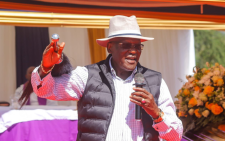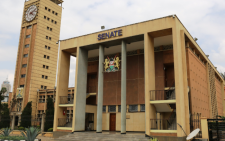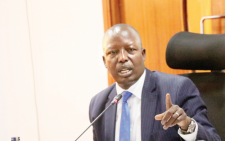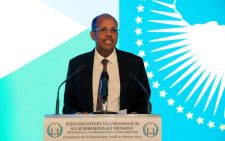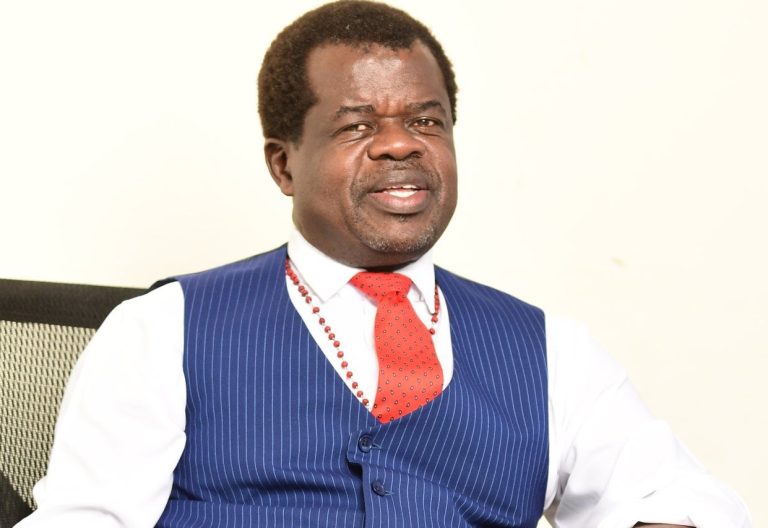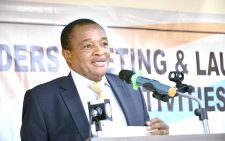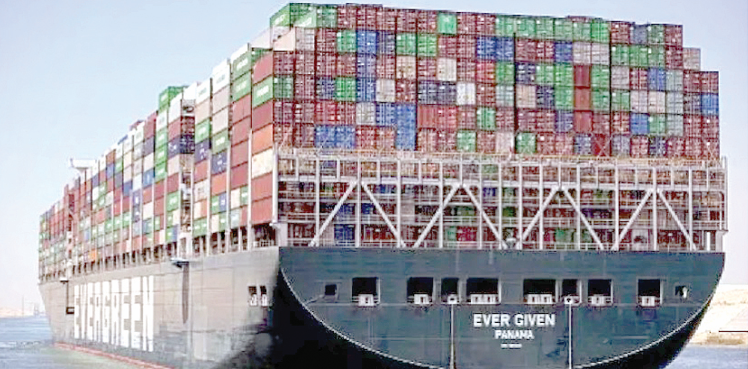Ruto’s office seeks 327pc jump in budget allocation
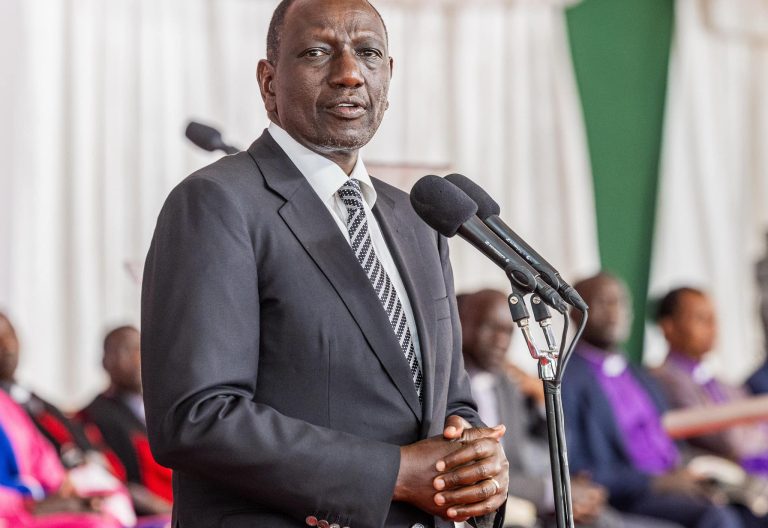
As most Kenyans grapple with the high cost of living, President William Ruto is seeking to triple budgetary allocation to his office to Sh15.6 billion from the current Sh4.7 billion in the current Budget Policy Statement (BPS).
Out of this, the presidency proposes to spend Sh11.5 billion on recurrent expenditures while Sh4.1 billion will go towards capital expenditures.
Amid increasing pressure to tax Kenyans more, the close to 300 per cent increase raises eyebrows as Kenyans grapple with high cost of living, school going children in parts of northern Kenya region lack decent classrooms, and patients across different health facilities struggle to get medical attention due to the financial crises in the sector.
The Committee held a consultative meeting with the delegation from the Executive Office of the President led by Principal Administrative Secretary Athur Osiya on the 2025 Budget policy Statement and informed the committee that the total budget requirement for EOP in the FY2025/26 is Sh15.6 billion.
Questions abound after the president stated last year, following the contentious Finance Bill 2024, that the executive was going to practice austerity measures to help fill funding gaps.
“Accordingly, in keeping with the enhanced austerity measures. We have committed to implement, and align government Expenditures with the budgetary implications of the withdrawal Of the Finance Bill, 2024,” Ruto said during the press briefing.
Seeking more funds
Second on the list of departments seeking more funds is the state department for irrigation, which is seeking to also triple revenue to Sh50.74 billion from the allocated Sh18.8 billion on the statement.
This, however, appears to be somewhat reasonable considering that that the country is trying to move away from rain-fed agriculture due to the uncertainty of the weather patterns in the country a factor that would significantly help boost the country’s food security while at the same time achieve the Kenya Kwanza administration’s ambitious plan of making the sector the driver of the economy.
Out of the said amount Sh1.761 billion is allocated for recurrent expenditure while Sh48.988 billion for development expenditure. The expenditure ceiling for the department, however, limits its functions. The committee noted that due to the lower expenditure ceiling for development expenditure a number of key projects have not been provided for adequate funding.
According to Bowen David Kangogo, Chairman of the departmental committee on Blue Economy, Water and Irrigation these projects include Mwache Dam which requires Sh1.7 billion for counter-part funding to cater for compensation priority area. “Others are Soin-Koru Dam which requires Sh3 billion for Resettlement Action Plan (RAP) and Umaa Dam which requires Sh1.9 billion to ensure the project is completed within the current timelines,” he said in his presentation.
At the same time the water and sanitation department also seeks more funding, currently proposing Sh93.85 billion from the expenditure ceiling of Sh46.117 from the BPS. “The Committee noted that this expenditure ceiling is lower than the requirement of the State Department of Sh93.855 billion comprising Sh8.335 billion for recurrent expenditure and Sh85.52 billion for development expenditure. due to this lower expenditure ceiling for recurrent expenditure, key areas have not been provided adequate funding,” he added.
At the same time the investment department is seeking Sh5.7 billion through the BPS more than double of Sh2.36 in the 2024/25 financial year.
Tough economic times
While these departments seek more funding, Kenyans will be the one to bear the brunt through the high taxation amid tough economic times. Government officials, according to recent reports by both the Controller of Budget and the Auditor general have been splurging on non-essentials including entertainment, travel and allowances while giving low attention to development projects.
Counties are also in the spotlight for dedicating a small percentage of their budget to development projects, opting to utilise finds on recurrent spending.
During the financial year 2023/2024, Nairobi, Kisii, Mombasa Kisumu and Taita Taveta topped the list of counties that spent least on development projects despite a 30 per cent provision on each allocation by the national government.
They spent Sh10.8 billion, Sh14.4 billion and Sh17.1 billion representing 10.3, 13.7, 16.2, of the total revenue respectively while Kisumu and Taita Taveta spent Sh18.4 billion and 19.6 billion respectively representing 17.5 and 18.6 per cent respectively according to the national treasury budget policy statement.
“From this analysis, it is evident that most counties allocate expenditures just for approval by the respective county assemblies in line with the legal requirement. However, most counties do not adhere to this provision during budget execution.
